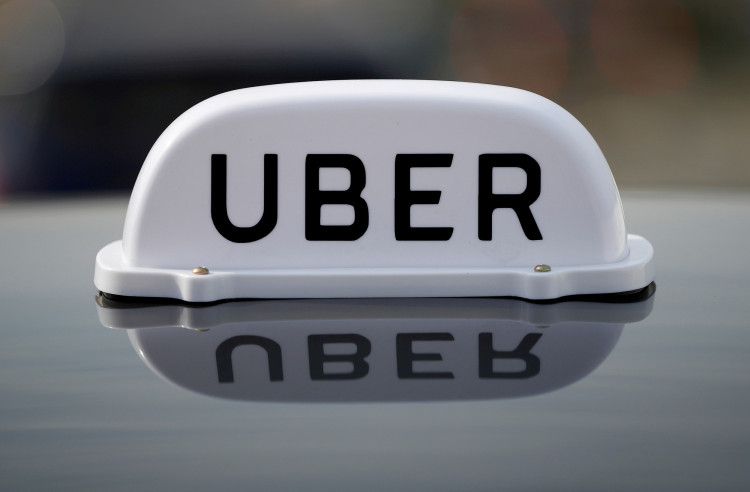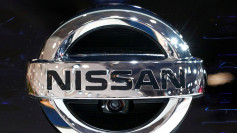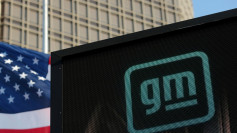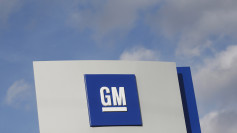Ride-hailing companies like Uber and Lyft are standard fare now in many modern cities. They are used by millions of users who are looking for comfortable and easy to use platform for their transportation needs. While these companies are highly regarded as platforms of convenience, a recent study reveals otherwise.
In a recent report published on Monday, ride-hailing giants Lyft and Uber revealed that while their platforms are hailed for the convenience that they bring, it would appear that their services have caused traffic to worsen in some highly urbanized cities.
According to the study released by the two ride-hailing giants, their services help contribute to the increase of vehicle congestion in six cities. These cities are Boston, Chicago, Los Angeles, San Francisco, Seattle, and Washington D.C. Transparency firm Fehr & Peers helped analyzed the data provided by Lyft and Uber. They also correlated the data provided by the two companies to other federal, state, and local traffic data.
In a statement, Uber head of global policy for public transportation Chris Pangilinan said, "The research shows that despite tremendous growth over the past decade, TNC (shorthand for Lyft and Uber) use still pales in comparison to all other traffic, and although TNCs are likely contributing to an increase in congestion, its scale is dwarfed by that of private cars and commercial traffic."
The study revealed that both Lyft and Uber only account for 1 to 3 percent of all the number of cars on the road on all the cities where the study was conducted. However, the study pointed out that the number of cars gradually increase once it moves to central areas, sometimes reaching up to 13 percent of the total number of cars in that particular area.
Lyft and Uber's study has one specific caveat, they are going to implement a fare increase. The two companies analyzed the gathered data and concluded that a congestion pricing is in order. They believe that by adding congestion prices to their standard rate, it will create a deterrence for their drivers to limit their access into high-volume streets, thus helping traffic congestion.
Cities are also starting to impose new regulations to limit the presence of ride-hailing cars in city centers. New York recently passed an ordinance that will limit the number of unoccupied ride-hailing cabs in its streets. Some analysts have pointed out that this strategy is effective to some degree.





